Marks Hall Mansion History
HistoryBelow is a timeline of the history of the mansion site. Further research and the archaeological dig might well allow the site to be traced back further.
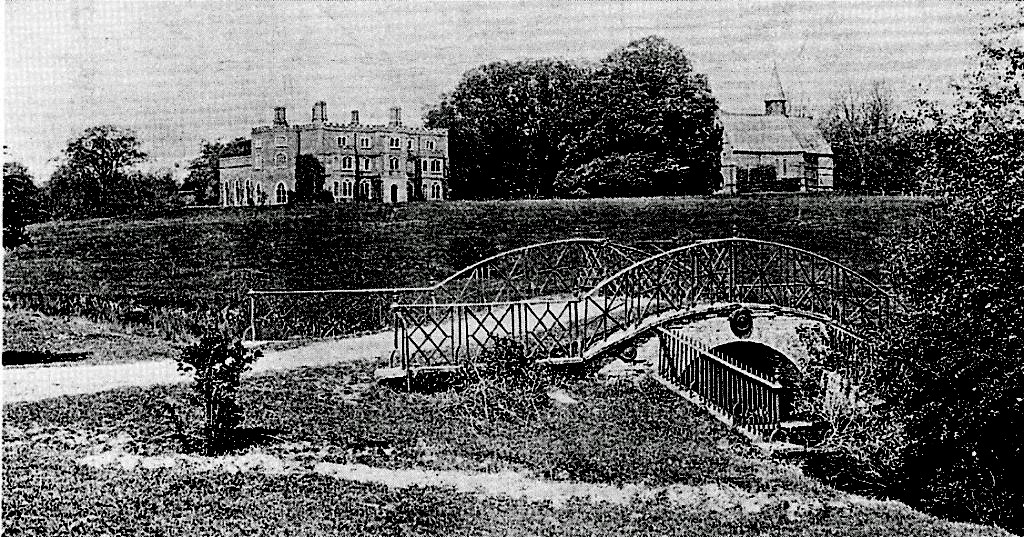
2000s
In July 2012, the Department of History at the University of Essex is awarded a grant from the Economic and Social Research Council (ESRC) to set up the Marks Hall Interpretation Centre and Museum, research further into the history of the mansion, employ two Knowledge Exchange Officers, and fund various educational scemes, exhibitions, and archaeological excavations and encourage public involvement.
In the Summer of 2011, archaeologists from the Colchester Archaeology Group begin excavating the site where the mansion had stood before its demolition, hoping to uncover the footprint of the lost Jacobean mansion.
1900s
In 1971, the Minister of Agriculture appoints the first Trustees of the Thomas Phillips Price Trust. They have since worked hard to return the site to its former glory, as Mr Phillips Price had hoped; a gift to the nation.
In 1966, Mrs Phillips Price dies, aged 90, in a nursing home in Bournemouth.
In 1950, Marks Hall Mansion is demolished and its interior auctioned off.
On 15th December 1949, permission is granted to Messrs. Surridge and Son to auction off the interior of the mansion and demolish it. There is some doubt about who specifically gives permission for the house to be demolished and why. There are many local stories, citing different people and their motives, although there is no definitive account. The house is demolished in January-February 1950.
In 1945, the war ends, and the airmen and troops depart, leaving the mansion in good condition, and also leaving their buildings, such as Nissen Huts. Soon the house fell into disrepair as Mrs Phillips Price was too ill to return and look after it.
In Spring 1943, construction of the Earls Colne (and other airfields) is almost complete, and American GI's move in to make the airfields operational. Marks Hall mansion is turned into a headquarters for Earls Colne, and a number of other local airfields. Mrs Phillips Price moves into Marygolds, the dower house on the estate as the mansion is requisitioned. Additional military buildings and installations, including a hospital, are constructed on the estate.
In 1941, work starts in the areas and woods around Marks Hall, building Earls Colne Airfield in preparation for allied operations during the Second World War.
In 1933, Marks Hall Church is demolished. The Ecclesiastical Commission merges the parishes at Marks Hall and Coggeshall. St Peter ad Vincula, at Coggeshall, becomes the parish church of the united benefice. Marks Hall church is demolished and its materials sold.
In 1932, Thomas Phillips Price dies, aged 88. His will states that if he dies with children, the estate goes to them. Price has no children, however, and so the estate is left to his wife, Mary Elizabeth, for the remainder of her life, then to be given to "the nation" after her death.
In 1927, Thomas Phillips Price marries his third wife, Mary Elizabeth Swann (born 1876).
In 1926, Thomas Phillips Price's second wife, Florence, dies.
1800s
In 1898, Thomas Phillips Price, an MP and well-to-do solicitor from South Wales (born 1844), buys the whole estate. He begins the restoration of it as soon as possible.
At the end of 1897, the mansion (including its interior) and surrounding lands are put up for auction to offset the great debts of the estate.
In 1895, Frances Emma dies. William Philip II's godson, Philip Courteny inherits the estate.
In 1875, Frances Emma Honywood starts an ambitious overhaul of the little Marks Hall church.
In 1859, Frances Emma Honywood inherits the house from her husband, William Philip II. It is left in his will to her, for the remainder of her life; this is contested by William Philip II's brothers. Francis Emma lives at Marks Hall for 36 years with her cousin, Elizabeth Atkinson.
In 1831, William Philip I Honywood dies, leaving his 3 sons in the guardianship of his wife, Priscilla, and his brother, the rector of Marks Hall. There is no mention of his successor or when they died. William Philip II Honywood eventually inherits the mansion.
In 1818, William Philip I Honywood inherits the mansion.
In 1809, William Honywood, grandson of Sir John Honywood of Evington, succeeds his half-uncle, Filmer Honywood, who had no children. William, like Filmer, is a Member of Parliament.
1700s
In 1785, Elizabeth inherits the house for the remainder of her life after Philip dies. No date is given for Elizabeth's death. The house is then inherited by the distant cousin Filmer Honywood, son of Sir John Honywood of Evington, in Kent.
In 1758, Philip, the third son of Robert IV, inherits the mansion and estate after Richard II Honywood dies, aged only 10. He is a general in the army and makes many alterations to the house.
In 1755, Richard II Honywood inherits the house from his father, also named Richard. Richard II is just 7 years old at this time, and only lives to be 10.
In 1735, Richard Honywood inherits the mansion from his father, Robert IV.
1600s
In January 1694, John Lamotte Honywood dies, leaving no children. The Essex branch of the family dies out. Robert IV Honywood, a distant relative, becomes the next heir; he is a Member of Parliament and is responsible for further modernisation of the mansion.
In 1681, Hester Honywood dies, and the house is left to John Lamotte Honywood, her second son by Sir Thomas Honywood. Their first son, also named Thomas, dies in 1672.
In 1666, Thomas's wife, Hester Honywood, inherits the mansion. Thomas (knighted by Charles I in 1632, before the Civil War) dies, aged 87. The mansion is left to his wife, Hester, for the remainder of her life.
In 1631, Thomas Honywood (born 1587), inherits the Mansion on the death of his widowed mother. Thomas was a Parliamentarian, who commanded militia during the Civil War, and played an important role in the Siege of Colchester. It is local rumour that Roundhead troops dug the lakes at Marks Hall during this time.
In 1605, Robert Honywood purchases Marks Hall from William Deraugh, the grandson of Edward Deraugh. Soon after purchase, he pulls down part of the old timber framed house and erects a brick building. Initials discovered and dated RH 1609 probably commemorate the completion of his building project.
1500s
In 1581, Edward Deraugh, Esq., purchases the manor house and estate from William Cole, the eldest son of John Cole.
In 1562, John Cole purchases the house from John Markshall. He rebuilds, or at least updates, some parts of the house.
1400s
The Markshall family continue to own the estate and manor house.
1300s
In 1330, the earliest surviving record of a church at Marks Hall is found.
1200s
The Markshall family continues to own the estate and manor house.
1100s
In 1163, the Markshall family are granted the manor house and the estate. After a failed plot to overthrow the King, Henry I, by the grandson of Hugh de Montfort, the manor is granted to Hugh de Essex (date unknown). However, Hugh de Essex flees in a battle against the Welsh in 1157, which leads to defeat. He is charged with treason, although the King intervenes and his life is spared. The manor is removed from his possession and granted to the Markshall family, who hold it for over 500 years. However, little is known about the family.
1000s
In the 1086 Domesday Book, it is recorded that in 1066 the Lord of the Manor was Guthmond, brother of Abbot Wulfric. In 1086 the Tenant in Chief is Hugh de Montfort, and the house is rented by a Norman named Nigel.
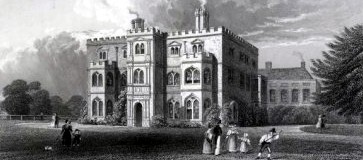
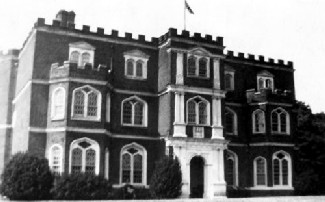
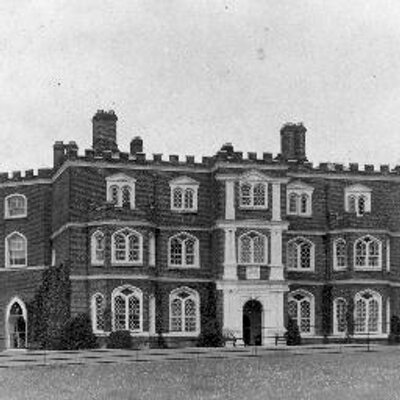
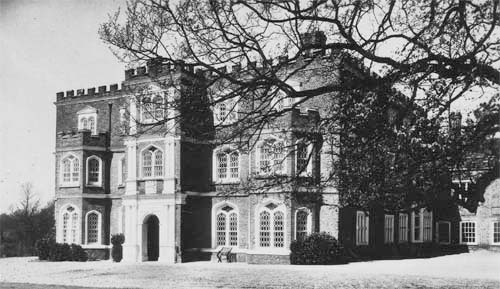
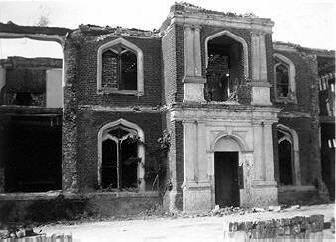
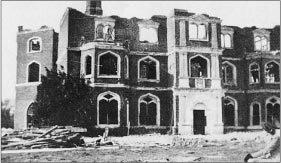
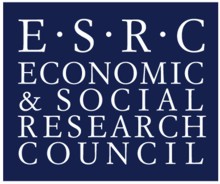 This project was sponsored by the Economic and Social Research Council
This project was sponsored by the Economic and Social Research Council